FEATURED
Solice Metaverse: Build, Own, Socialize & Monetize Virtual Experiences on Solana
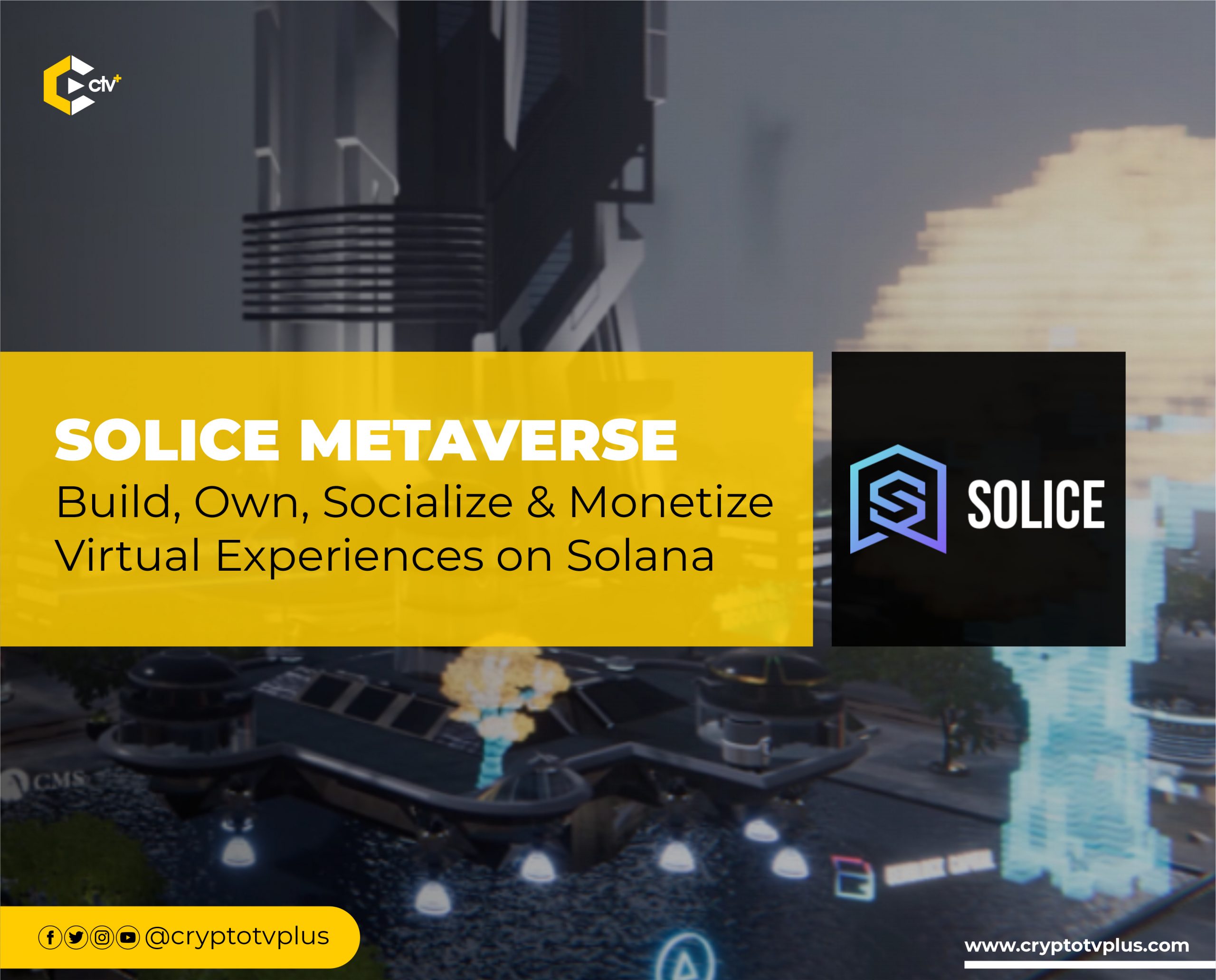
The fusion of blockchain and DLTs will bring about a massive change in the development of metaverse platforms. Users will be given a chance to have good VR and AR experiences while creating utilities in the space and earning with P2E systems.
Solice is one such project that is targeted at this multi-billion dollar market. “Our goal, first and foremost, is to deliver a high-quality immersive experience by providing the users an environment where users can play,” says the Whitepaper, “build, own, socialize and monetize their virtual experiences across multiple platforms, that also support the player-centric ecosystem via a solicitous tokenomic structure.”
What is Solice Metaverse?
Solice is a VR metaverse powered by Solana blockchain with features that allow users to play, create, socialize, own, and monetize their virtual experiences.
The platform allows cross integration of other useful virtual projects for a limitless user experience. Earnings are given by interacting in the platform, completing tasks like conquests as well as creating and selling utilities used by others.
How Does Solice Metaverse Work
Individuals can access the Solice metaverse with the Solice ID. This ID is also used to connect wallets to the project for the collection of rewards/earnings as well as for payments.
Solice Metaverse gives users the ability to own utilities as tokens. This includes Assets, Lands, and Pets. Depending on the design, each of these can be staked and rewards given to the owner.
P2E also functions in the Solice Metaverse. When users play games in the form of Quest with their Avatars, they can earn along the journey of completing Quests. These rewards as well as the utilities mentioned above can be traded in a Marketplace provided for the Solice ecosystem.
An Editor was created to allow gamers to plan, develop and launch games in the Solice Metaverse supporting ownership and expression of creativity. “The editor program is a stand-alone SDK that enables users to create their assets and mini-games, provided it meets requirements,” according to the Whitepaper.
“Users then turn these assets into virtual tokens (NFTs) for digital scarcity, security, and authenticity. These can be displayed/played within the Solice metaverse.” Although, this is part of the plans for the platform.
Just like the Editor, there is a Crafting System in the Solice Metaverse. It permits users to create and customize objects that stand as NFTs. The embellishments make these assets rare and the value more than the common ones.
Solice Metaverse is a full VR platform allowing for a virtual immersive experience for single users and multiple users at the same time. Its Cross-platform design makes it possible for users of any device, desktop, PC, and mobile to access the ecosystem and utilize it.
A User Designed Revenue Model in Solice Metaverse gives community members the freedom to decide how they want to earn with their assets. For example, land can be declared free for use by the owner of $5 for every 20hrs it’s used.
Read this also:
- Outer Ring MMO: The Player-driven and Play-to-earn Metaverse Game
- Somnium Space; Dive Into the World of VR, Blockchain and P2E Metaverse
- Pirate X Pirate: The Brave Pirates Metaverse; Quest, War, Earn
Tokenomics of Solice Metaverse
$SLC is the native token of the Solice Metaverse. It is used for both governance and payment. It is an SPL token built on the Solana blockchain.
Here’s the breakdown of the distribution: Reserve – 20%, Private sale – 17%, Team – 15%, Community & Marketing – 15%, Ecosystem – 10%, Platform reward – 7%, Seed – 6%, User incentive – 5%, Advisors – 3%, and Public Sale – 2%. The total supply is 400,000,000 SLC (fixed). For more on this, check here.
Challenges and Road Map of Solice Metaverse
The first challenge with Solice Metaverse is that the best features in the platform are all tagged coming soon: Marketplace (coming soon), World map (coming soon), and Editor (coming soon). While it’s understandable that there’s underground work going on, there is a limit to which users can wait.
As these users wait, more projects are coming up with exciting GameFi structures to have fun and earn. This means that there might be a need to revisit marketing plans already set out by the Solice team. The delay leads to competition.
Platforms like Sandbox, Decentraland, NetVrk, Somnium Space, and RFOX are huge competitors in the space. Perhaps the team behind Solice Metaverse can pull through and still capture their target market.
Here’s also a summary of the roadmap of the project: token sale, private VR demo, and purchase of assets began in the last quarter of 2021; Q1 of 2022 saw the introduction of staking, asset trading, mini-games, and PC version of the project.
The highlights of Q2, Q3, and Q4 of 2022 will be the release of 1.2 Version (with DeFi functionalities, in-game staking, the introduction of character…), 1.3 Version (launch of Editor, leaderboard…), and 1.4 Version (Editor Beta version, crafting system…) respectively.
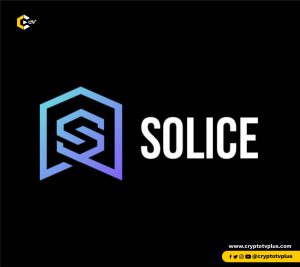
Solice Metaverse
Team Behind Solice Metaverse
Christian Zhang is the CEO of Solice Metaverse. He has an in-depth background knowledge of crypto having joined in 2016. Fantom, LTO Network, and Solanium are some of the blockchain firms he has served. As the visionary, he’s responsible for designing the internal features of the Solice Metaverse.
Serena has sealed more than $750m in business deals as a business strategist and investment consultant. She serves as the COO of Solice. Serena is a podcaster and part of the organization that held one of the largest chunks of the Bored Ape Hatch Club NFT.
Ray sits as CTO of this project. He’s a Front-end and Back-end developer with over 10 years of experience in the IT industry. With a degree in Computer Science, Ray has shown his dexterity by being the Software Engineer Lead at Nissan Motors.
The Co-Founder and COO of VSWORK is the Lead VR Developer at Solice Metaverse. Simon Chui has built good experience for over 5 years learning about VR Development and he’s brought VSWORK into partnership with Solice Metaverse.
Kingter holds a Master’s in Computer Science and has been involved with smart contract development since 2018. He oversees smart contract developments in the Solice ecosystem. Thanks to his robust experience of over 20 years working for Fortune 500 firms like IBM and Oracle.
Franjo is the Creative Director with over 5 years of experience designing products and leading design teams. He has a degree in multimedia design. Bob is an Economist focusing on Infonomics. He serves as the Lead Software Architect of Solice Metaverse with more than 15 years of experience as a System Architect. Bob was a Blockchain Research Assistant at the Institute of International Finance before joining the Solice team.
Rick has over 5 experience, as a full-stack developer, creating web, mobile, and back-end products. His focus is on the UX of products he’s involved in. Rick has worked with legal banking firms, stock market organizations as well as a lot of startups.
VSWORK is the tech organization managing the VR / AR / XR-related content of Solice Metaverse. Since it was founded in 2018, one of the major focuses has been AR & VR.
Conclusion
Why we invested in @solice_io
~Top Metaverse Project~
! Amazing Team!
~Runs on @solana
~
Backed by @animocabrands
@DeFianceCapitalTo read a deep dive, check our review here: https://t.co/mmQjKsKNph pic.twitter.com/QaRPXWuidH
— ArcaneBear.sol/.eth🔺👽 (@arcanebear) March 9, 2022
For Solice Metaverse, this is good – to have the support of such organizations. The team behind the project has the rich insight and experience needed to have a successful operation. Let’s see how far they can achieve what they said in their documentation, “Solice is not just a game, it’s a second life on the blockchain.”
What do you think of this article? Share your comments below.



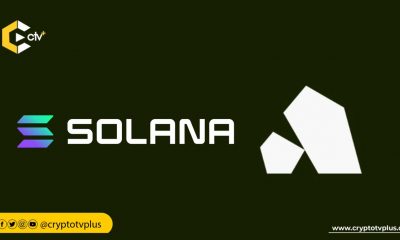

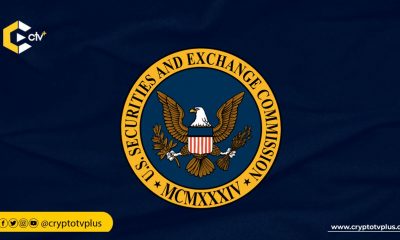

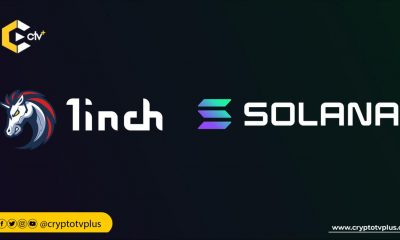

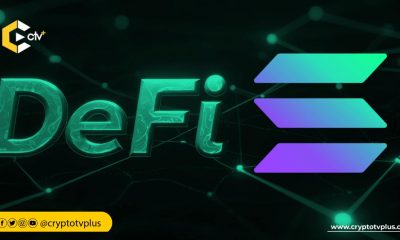

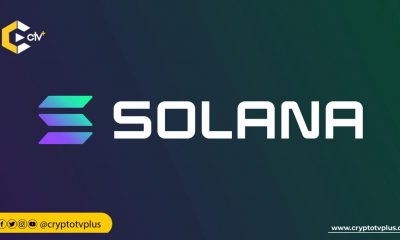











Pingback: Solice Metaverse: Build, Own, Socialize & Monetize Virtual Experiences on Solana by Chuks Nnabuenyi Jr – CryptoTvplus Events: NFT, DeFi, Bitcoin, Ethereum, Altcoin Events